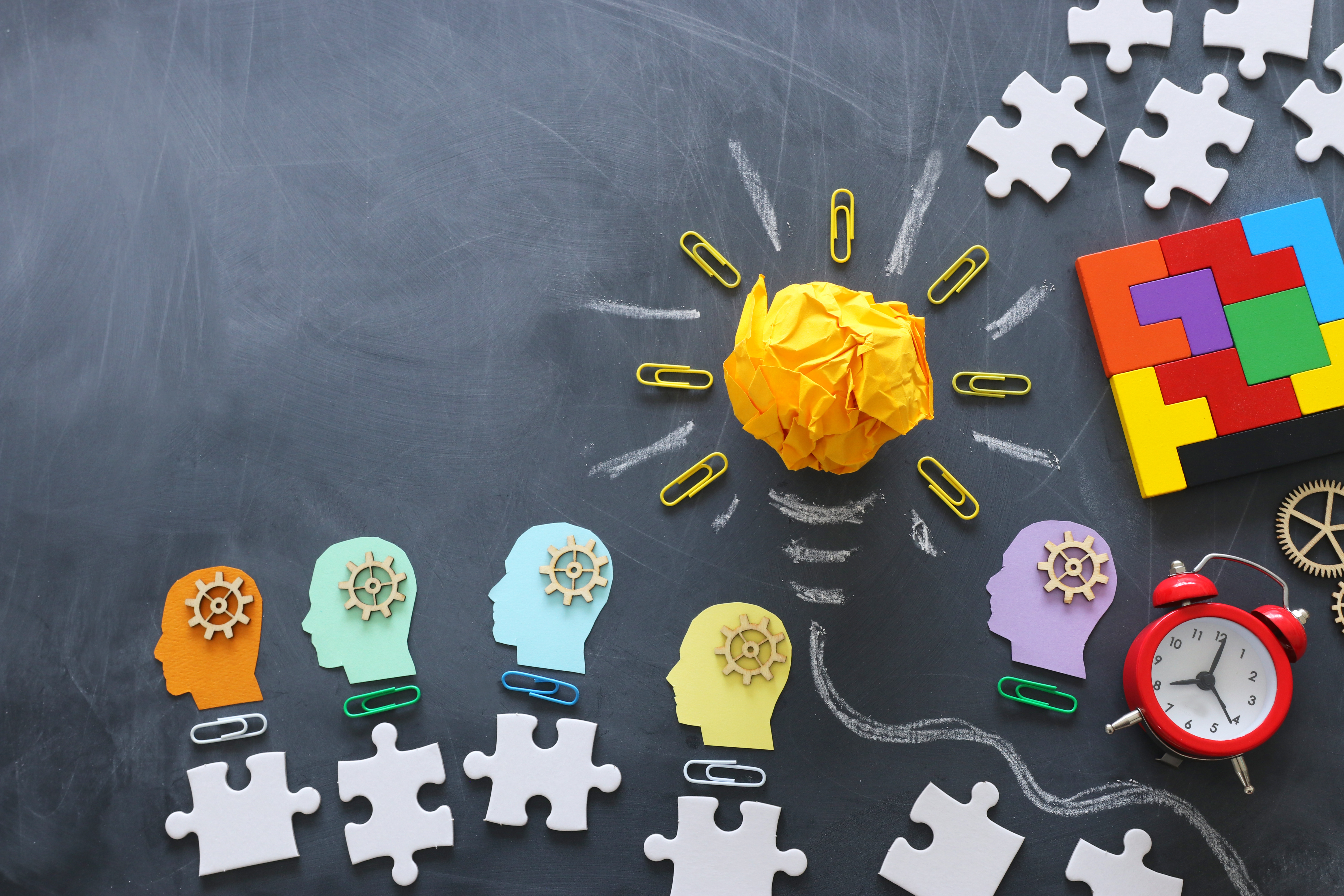
No two employees are exactly alike. A team may consist of individuals from diverse backgrounds and worldviews, different education levels, and distinct communication styles. But there’s one variant still relatively unidentified: the difference in how each person’s brain is wired.
Neurodiversity, the study of people’s neurological differences and how they affect behavior, communication, and learning, is a relatively new field, especially in continuing education and learning and development. Coined in 1993 by autism rights advocate Judy Singer, neurodiversity encompasses diagnoses like ADHD, autism, and dyslexia but reaches much further. As researchers learn more about the human brain, they’ve discovered there’s no such thing as a “normal brain.”
Neurodivergence is another way to understand differences in learning styles in the workplace. It’s the idea that training should support all types of learners and consider particular circumstances that lower the success of customary learning. Just like each member of a team has a different cultural upbringing and educational background that shapes his/her attitude toward learning, neurodivergent individuals have different triggers, concerns, and accommodation needs. Some may adapt quickly, while others may need the information to be explained differently.
Some challenges neurodivergent individuals face include:
L&D leaders should understand that neurodivergent employees are as capable as every other member of the team to successfully complete training, but the path to success might look different.
Because neurodiversity is a new distinction for what has been called “disability,” employees may not recognize why they struggle or be remiss in disclosing it for fear of the label. As an L&D professional, you are in a position to help neurodivergent employees overcome challenges they may not realize they have.
A program audit of current training tools is a great place to begin. Completion and success rates for digital programs tell the story of how your employees learn best. For instance, you may recognize a group of employees who have difficulty completing a video learning session or unusually long training. An employee survey following ongoing training can also shed light on employee needs.
The second step is evaluating your current materials to ensure there is something for every type of learner. Blending learning should mix microlearning, virtual learning, video, written content, and instructor-led training – various options that suit every kind of learner.
Finally, take a look at the learning paths you have in place for custom training programs. If your programs only make sense in a specific sequence, your employees with differently-wired brains may miss crucial information because the path they’re taking doesn’t make sense. Training for all brain types should have several paths that lead to the same place.
As researchers continue to study neurodiversity, training programs will become more important to adapt to different needs. When it comes to employee success, it’s worth the work.
Discover specific ways to reach every type of learner in our free eBook, How to Reach Every Learning Style with VILT!
These Stories on Custom Learning Program
I’m willing to bet that most of you ...
Quick poll: Raise your hand if you like taking compliance training.
I can’t see you, ...
Imagine a mid-sized consumer packaged goods (CPG) company — let’s call them “FreshBite” — facing a critical challenge: Mid-level managers, many of whom were first-time ...
Copyright © 2025 Ardent Learning Inc. All Rights Reserved.